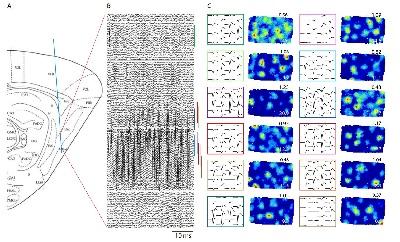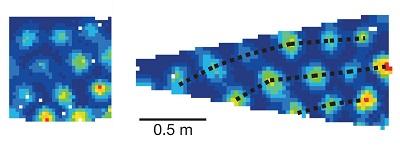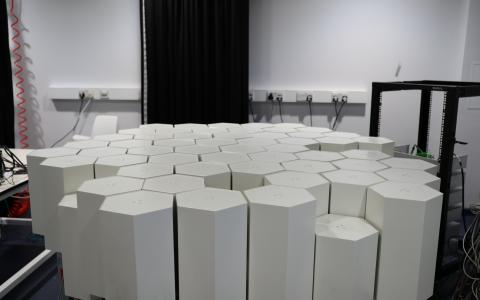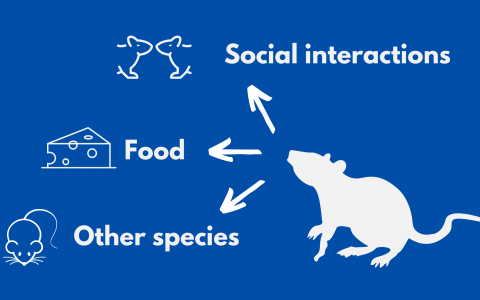
SPATIAL AND ETHOLOGICAL MEMORY
O'Keefe Lab
Research Area
The hippocampus and amygdala, both members of the limbic system in the temporal lobes, provide two distinct types of memory. The hippocampal formation underpins spatial memory, providing long-term memories for locations and a neural mechanism for supporting navigation and exploration. In contrast amygdala provides short-term memories for ecologically significant information such as an interaction with a particular conspecific or the consumption of a particular food.
Our current research is directed toward unravelling the role of the entorhinal cortex and hippocampus in spatial memory and understanding the mechanisms underlying short-term memories in the amygdala.
Research Topics
We employ a range of technologies including tetrode and high density neuropixels electrophysiological probes, two photon imaging in conjunction with virtual reality environment, and novel maze tasks to study the spatial correlates of hippocampal and medial entorhinal cortical cells. Figure 1 shows the fields of 12 entorhinal grid cells recorded 47 days after implantation of a neuropixels probe.

Figure 1. Waveforms of 12 (of 22) medial entorhinal cortical cells (C) from a total of 127 cells (B) recorded with a neuropixels probe (A). Bauza (unpublished)
In recent work we have shown that the grid structure is not uniform across the whole of a nonhomogeneous environment such as a trapezoid and that single fields can be manipulated by the movement of nearby walls of the enclosure. Figure 2 shows that the symmetrical grid pattern recorded from a grid cell in a square is distorted and much less gridlike in the trapezoid. This finding calls into question how useful the grid system is for providing a metric for the cognitive map and suggests that the grids are more responsive to the shape of the enclosure than had previously been suspected.

Figure 2. Grid cell with a strong grid pattern in a square enclosure has a much weaker grid pattern in trapezoid where the grid is bent and stretched on the left-hand side. Krupic et al 2015
Cells in the amygdala respond selectively to stimuli of ethological significance such as a conspecific or a specific food, and continue to fire after the removal of that stimulus for periods of minutes. We are trying to understand the mechanism underlying this short-term response and to understand its function. Does it provide a memory of the event or does it provide some other type of signal for example enabling other areas of the brain to consolidate information stored at the time of an important ethological event.














